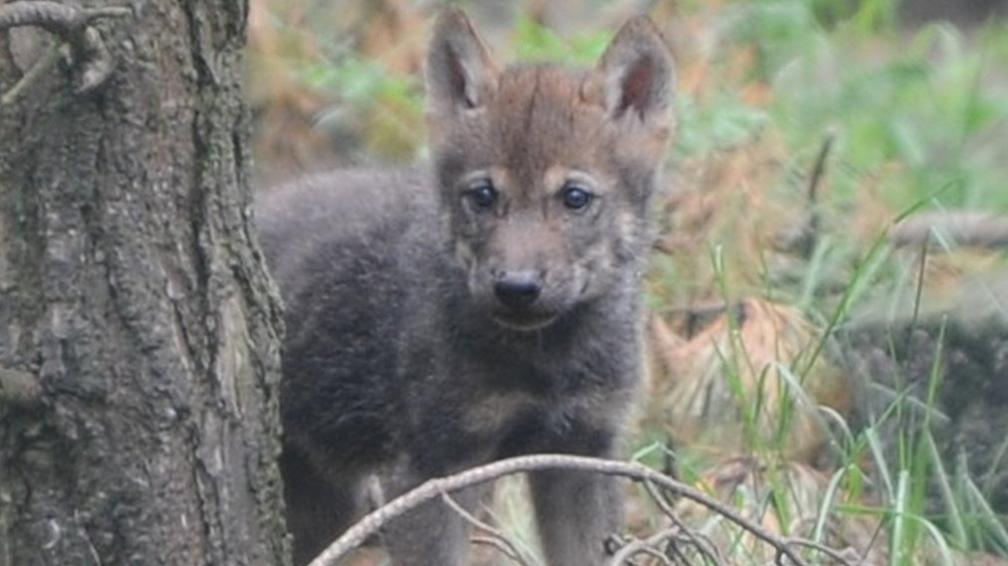Experts to promote wild lynx effect for Scotland
- Published
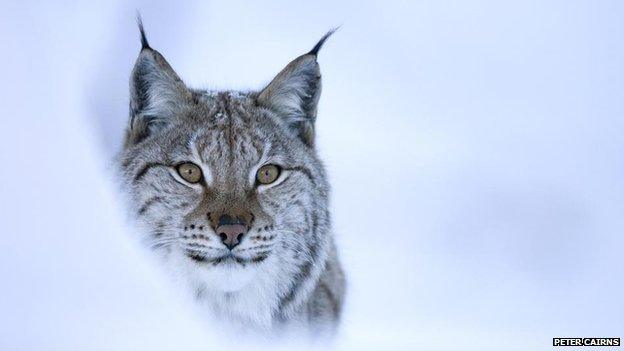
Scotland's last lynx are thought to have died out in the Middle Ages
Efforts to "rewild" parts of Scotland could involve the reintroduction of Eurasian lynx, according to some conservationists.
Trees for Life said the predator could "play a crucial top-down regulatory role in ecosystems" by helping to control red and roe deer numbers.
The charity's Alan Watson Featherstone and author George Monbiot are due to speak to MSPs on "rewilding".
The men will later address a conference at Edinburgh University.
Rewilding is an effort, supported by various conservation groups, to encourage native species of fauna and floral to flourish.
In a statement, Forres-based Trees for Life said the reinstatement of lynx could help to better control wild deer, which feed on young trees.
The charity said the main impact of lynx would likely be in disturbing deer populations, causing these animals to move more frequently so that their grazing was less concentrated in specific areas.
Trees for Life added: "The lynx - already reintroduced to areas of Europe such as the Alps and Jura mountains - offers little threat to sheep.
"It is a specialist predator of roe deer, a species which has multiplied in Britain in recent years and which holds back the natural regeneration of trees through intensive browsing."
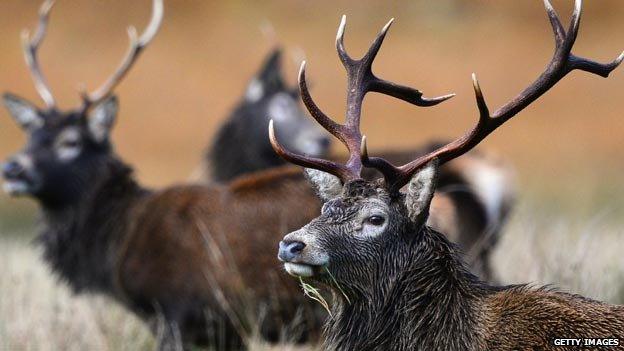
Lynx could affect red deer grazing, Trees for Life said
Mr Featherstone and Mr Monbiot, a columnist for The Guardian and author of the book, Feral, are to speak to the Scottish Parliament's cross party group on international development.
Later, the two men will take part in Rewilding the World, an event organised by the University of Edinburgh's Department for Social Responsibility and Sustainability as part of Edinburgh World Justice Festival.
Mr Monbiot said: "Rewilding offers us a big chance to reverse destruction of the natural world.
"Letting trees return to bare and barren uplands, allowing the seabed to recover from trawling, and bringing back missing species would help hundreds of species that might otherwise struggle to survive - while rekindling wonder and enchantment that often seems missing in modern day Britain."
Mr Featherstone said Trees for Life was working to restore Scotland's last remnants of native Caledonian Forest.
He said: "In the Highlands we have the opportunity to reverse environmental degradation and create a spectacular, world-class wilderness region - offering a lifeline to wildlife including beavers, capercaillie, wood ants and pine martens - and restoring natural forests and wild spaces for our children and grandchildren to enjoy."
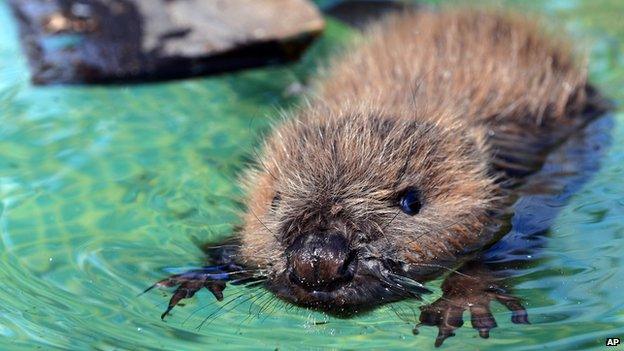
Mr Featherstone said rewilding involved supporting reintroductions of once native species, such as beavers
Earlier this year, landscape conservation charity the John Muir Trust said there was "no ecological reason" why wolves could not be reintroduced to Scotland.
In an edition of its journal, JMT said the animal had been demonised in the UK.
It raised the issue of bringing back the wolf as part of a wider discussion on rewilding the UK.

Where the wild things were
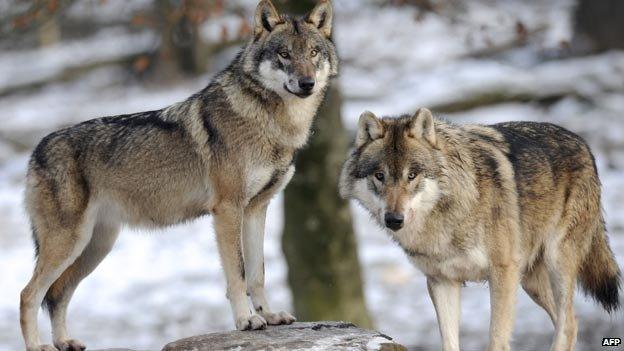
The Cairngorms may have been the last stronghold of Scotland's native lynx.
They could have survived in the mountainous area's forests, one of the last places in Scotland to suffer deforestation, into the late Middle Ages.
The wolf was hunted to extinction in Scotland in the 1700s with some of the last killed in Sutherland and Moray.
Wolves were driven to extinction by persecution and hunting. Chieftains and royalty led some of the hunting parties.
One attended by Queen Mary in 1563 employed 2,000 Highlanders and ended in the deaths of five wolves and 360 deer.
Animals killed near Brora, in Sutherland, in 1700 and another at Findhorn, in Moray, in 1743 were among Scotland's last.

JMT said it hoped to stimulate debate on returning areas to more natural states.
In the John Muir Trust Journal, chief executive Stuart Brooks said the charity wanted to help develop a practical vision on rewilding.
His comments accompanied an article by the charity's communications chief Susan Wright and head of land and science Mike Daniels.
In the article, they said wolf ecotourism was growing in other parts of Europe, but also noted a cull of wolves in Sweden.
However, there has been opposition to talk of reintroducing apex predators such as wolves and lynx.
NFU Scotland said Scotland no longer had suitable habitat for the animals, and warned that they would go for the easiest kill - domestic livestock.
- Published8 October 2014

- Published17 May 2014
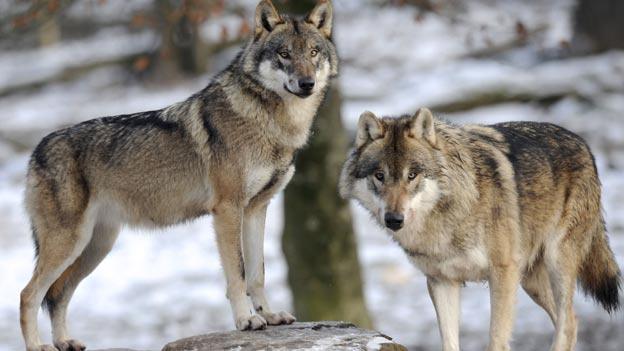
- Published11 December 2013

- Published28 October 2013
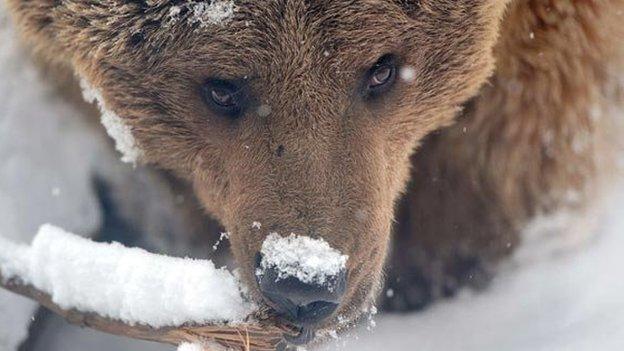
- Published19 July 2013

- Published17 July 2013
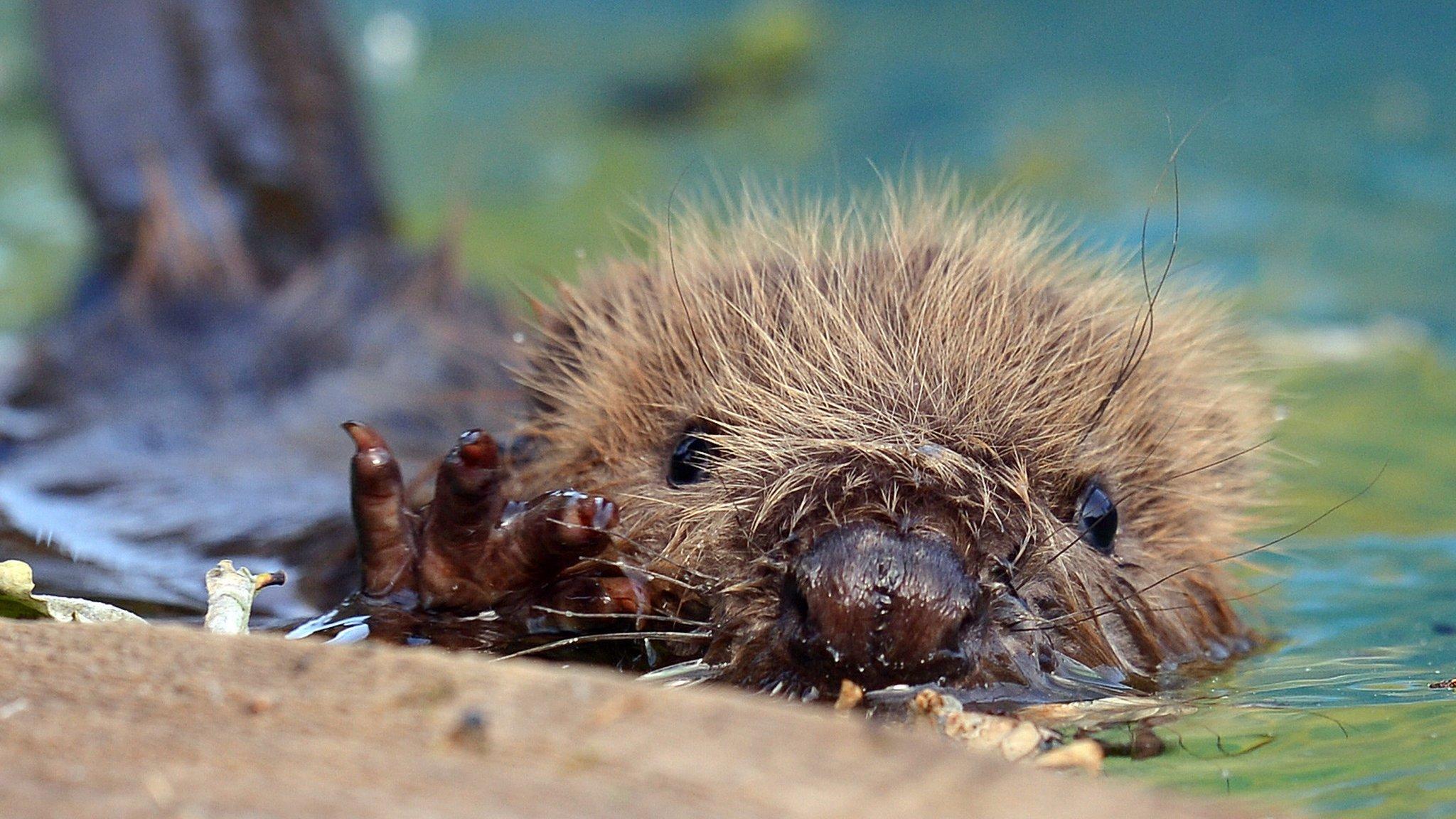
- Published5 July 2012
